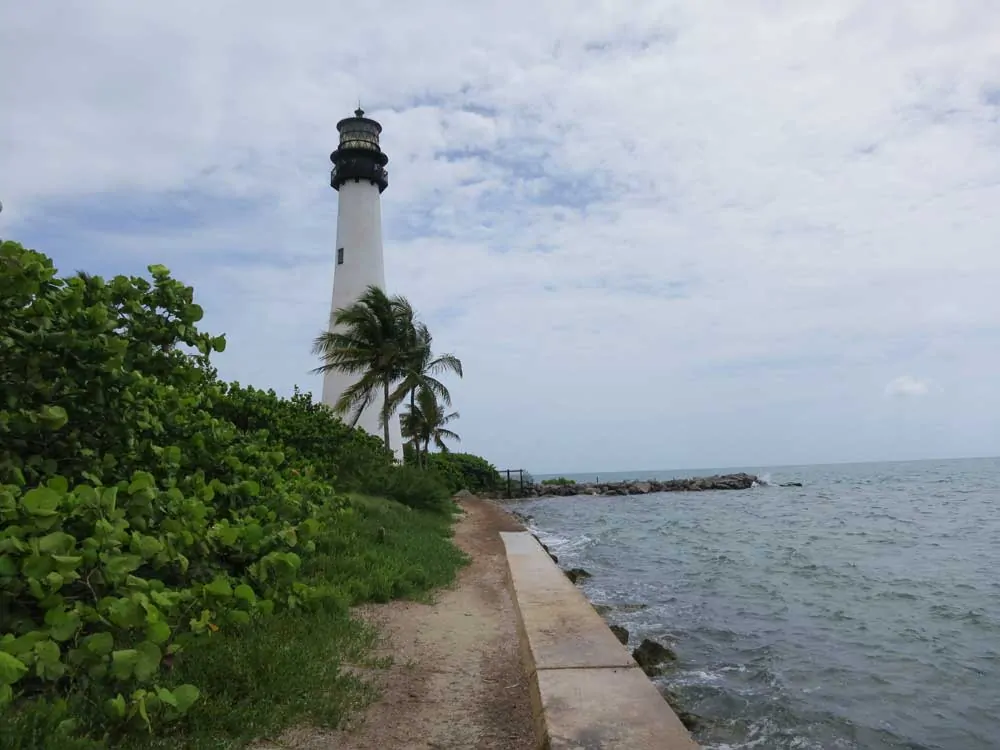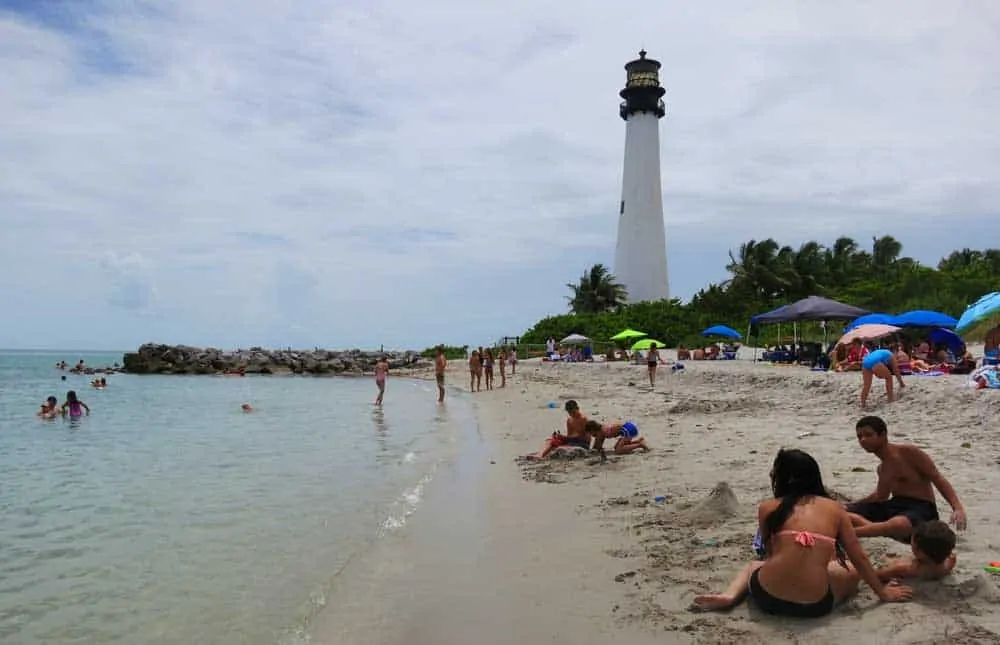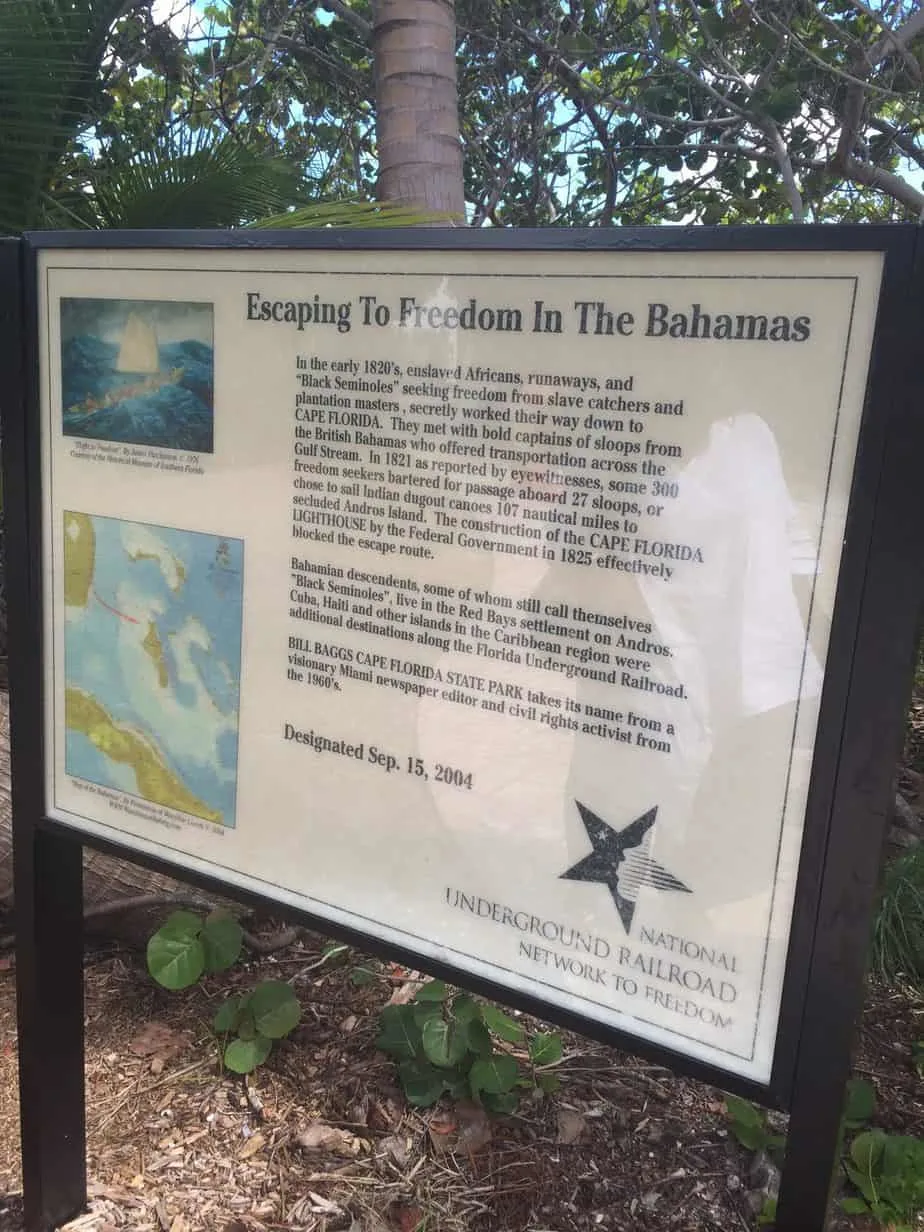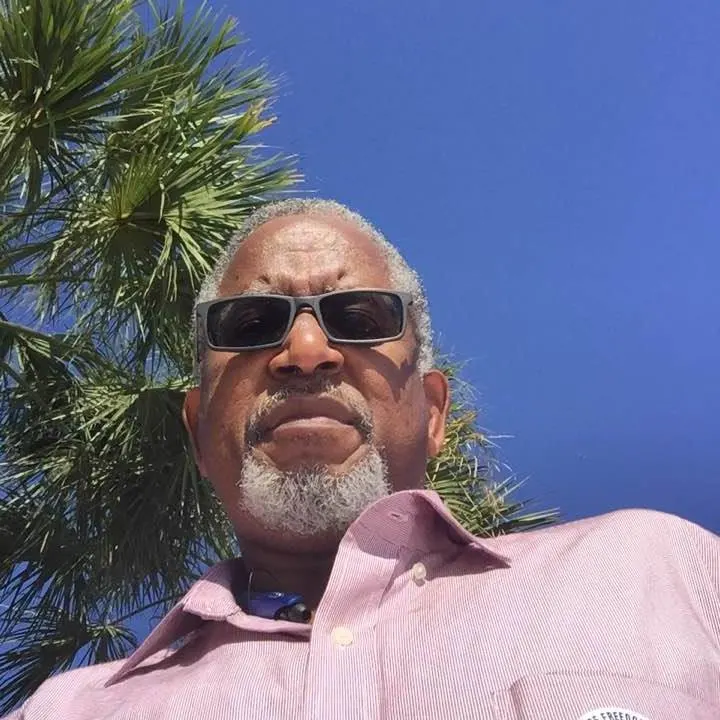Seeking refuge from slavery in the Bahamas
They met on ocean beaches apprehensively, seeking flight from Florida to a better life in the Bahamas. If they were fortunate, they would haggle a fair price and board a boat bound for Andros Island.
Those who could afford it bargained with Bahamian wreckers, who prowled Florida’s coast in search of marine salvage. Others would risk the trip in dugout canoes with makeshift sails for the 154-mile crossing.
The journey itself offered no guarantees. There was always the risk of capture, storms or capsizing and death.
The fortunate ones found their destiny on an island that is still home to descendants of “Black Seminoles” and African slaves.

“Black Seminoles” were runaway slaves from plantations in South Carolina and Georgia who sought refuge in Spanish-controlled Florida and lived among the Seminole Indians.

‘Saltwater Railroad’ migration began in 1821
When Spain transferred its Florida territory to the United States in 1821, a change that sent chills through Florida’s largely free Black population.
Under Spanish rule, many blacks in Florida were free, a right they feared would end under American rule.
Runaway slaves from Alabama and the Carolinas made their way south to escape bondage. Like their fellow slaves who ventured north via the Underground Railroad, Florida’s black residents sought a southern escape.

The dark beaches of Cape Florida offered refuge until passage could be obtained to the Bahamas.
The clandestine exodus flourished until 1825, when construction began on a new lighthouse.
The Cape Florida Lighthouse was built at the south end of Key Biscayne to guide mariners off the Florida Reef. The bright light that was so helpful to sailors offshore proved a setback to those seeking to escape Florida at night.
The lighthouse stands today as the oldest structure in Miami-Dade County, a historic landmark that anchors the Bill Baggs Cape Florida State Park. a recreational jewel on Key Biscayne, not far from downtown Miami.
The park offers excellent shoreline fishing, picturesque bicycle paths and shaded trails and a mile of oceanfront that ranks among the nation’s best beaches.
For the history buff, the park carries a special significance as a designated National Underground Railroad Network to Freedom site — one of only two parks in Florida to hold that distinction. The other is Fort Jefferson in the Dry Tortugas.
The freedom seekers of the Saltwater Railroad are commemorated by a kiosk that traces the passage of this historic journey.
Visitors can explore that park’s history on guided tours through the lighthouse and keeper’s cottage, or explore the park on foot, on a bicycle or by boat or kayak.
Bill Baggs Cape Florida State Park, 1200 S. Crandon Blvd. Key Biscayne FL 33149. Phone: 786-582-2673. Boat camping in the marina, $20 per night. Pay on arrival. The park has 18 picnic pavilions available for rent at least two days in advance by paying the required fee at the park entrance station. Open 8 a.m. until sundown, 365 days a year. Day-use admission: $8 per vehicle up to 8 passengers.
Related Stories
- Cape Florida on Key Biscayne: Top beach, lighthouse & sangria
- The Legend of Black Caesar still haunts the Florida Keys
- Biscayne National Park: The Miami treasure you probably haven’t explored

Douglas C. Lyons is a contributing writer with a deep interest in the influence of African-Americans on Florida’s development and history. An explorer, a veteran journalist and editorial writer, Doug has lived in Florida for nearly 25 years.

Darhlene
Saturday 24th of February 2018
Nice to see this part of Florida history documented on the Net.
Bob Rountree
Tuesday 27th of February 2018
Darhlene: My good friend Doug Lyons, who contributed this story, is doing some great things with black history on his own web site, www.blackinFla.com Check him out.